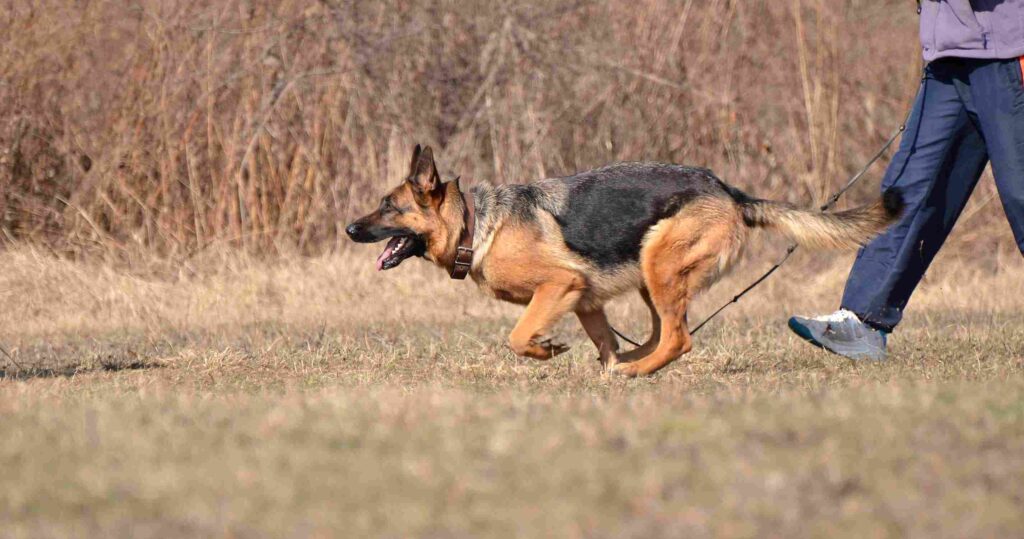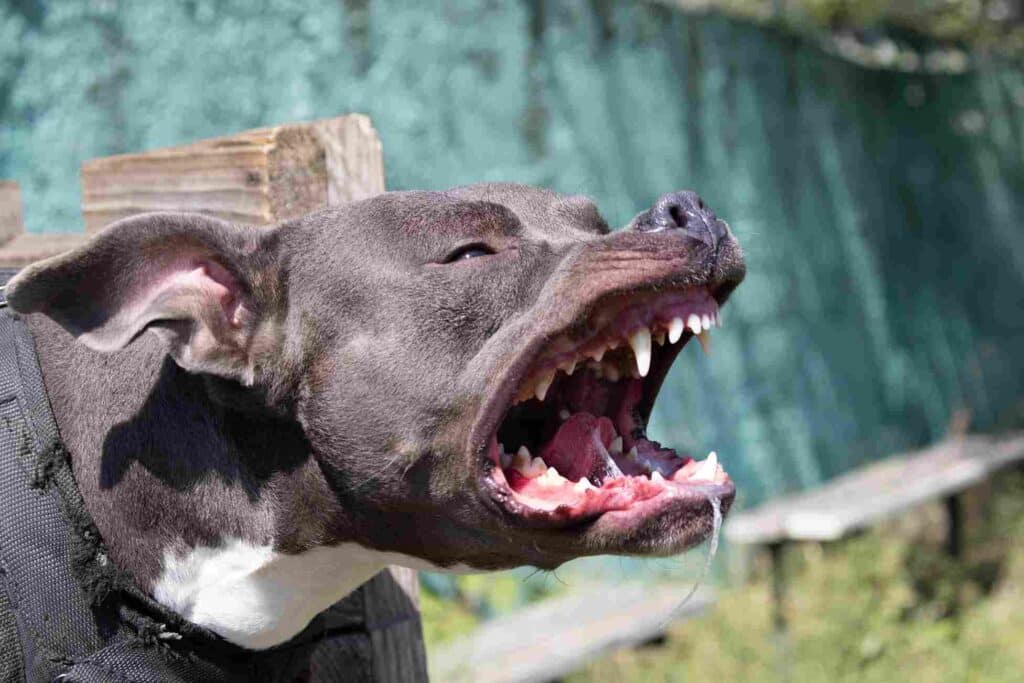Dogs are known as “man’s best friend,” but even the friendliest of dogs can sometimes bite without warning these types of attacks can be incredibly devastating for the following reasons:
- Physical injuries can be severe. Dog bites can result in large lacerations, puncture wounds, and tendon, muscle, and nerve damage. It is not uncommon for such wounds to become infected. The injuries sustained from a dog bite can result in significant pain, scarring, and disfigurement, and often require medical treatments that include surgery and rehabilitation.
- Long-term emotional effects are common. In addition to physical injuries, PTSD, anxiety, and depression can often occur as a result of an attack. Victims often become fearful of dogs and feel anxious or nervous in situations where they might encounter dogs. Counseling and mental health therapy may be needed to treat these psychological injuries.
If you are bitten by someone’s dog, you may be able to collect compensation for both the physical injuries you sustained, as well as the emotional trauma of the incident itself.
To ensure that your rights are protected, however, it is important that you know how best to proceed and to understand any potential claims and/or lawsuits you may have against the dog owner and their insurance company.
Here are the 7 most crucial steps to take in the aftermath of a dog bite.
Step 1. Identify the Dog and Its Owner
It is important to identify the dog that bites you, if possible. Try to remember as much information about the dog as possible, including:
- Breed;
- Color;
- Size; and
- Any other distinguishing features?
If the dog’s owner is present during the attack, be sure to get their name and contact information, since they can – and should – be held accountable for their dog’s actions. If you cannot identify who owns the dog or are unable to locate them, report the incident to the police or animal control so that they can investigate further.
If witnesses are present during or after an attack, try to get their names and contact information too. Witnesses can provide valuable testimony in court, should your case go to trial.
Step 2. Seek Medical Attention Immediately
It is important to seek medical attention immediately following a dog bite so that you receive the proper treatment for any injuries sustained. This also presents a good opportunity to document each and every one of your injuries with a medical professional.
Regardless of how insignificant an injury appears to be, it’s still prudent to have it checked out, since dog bites can lead to serious infections and complications if left untreated. Signs of infection include redness, swelling, warmth around the wound site, fever or chills, pus-like discharge from the wound, and increased pain in the area. Additionally, antibiotics may need to be prescribed to prevent infection at the bite site, which could lead to more serious issues such as sepsis or blood poisoning if not treated quickly enough.
Medical professionals will also help you determine if rabies vaccinations are necessary.
Step 3. Report the Incident to Animal Control or the Police
Within 24 hours of the incident, you must report the bite to your local authorities or health department to comply with the risk assessment protocol guidelines that have been established by Minnesota’s Department of Health Services (DHS). This helps ensure safety within your community. The typical protocol involves investigating whether the dog is up to date on its vaccinations or quarantining the animal in question for an observation period that ranges anywhere from 10-14 days.
Reporting the bite may also be legally required depending on local laws and regulations. For example, in certain jurisdictions, “aggressive” dog breeds require registration with animal control and bites must be reported to them directly.
Be as comprehensive and thorough as possible when it comes to sharing details about the incident, such as:
- The date and time of occurrence, as well as the location;
- The dog’s demeanor before the attack;
- Evidence of whether there were any signs from the pet owner that their animal could be dangerous;
- The physical attributes of the dog and its owner or handle; and
- The injuries you sustained, as well as whether medical assistance was sought.
Providing these details will help ensure that the proper steps are taken, which could help prevent other people from being attacked by the same dog at some point in the future.
Step 4. Document the Incident
Document as much as you can about the incident as soon as possible. This will help support your case should you decide to pursue legal action against the dog’s owner or other responsible party.
Collect as much information about the incident as possible, including:
- Photos and videos. Make sure that photos and videos of your injuries are clear enough that an attorney can easily discern them. Capture multiple angles of your injuries, if at all possible.
- Witness statements. Record witness statements from anyone who may have seen what happened leading up to or during the attack.
- Surveillance video. Check to see if any businesses or homes nearby have surveillance video that may have captured what happened.
Step 5. Contact an Experienced Dog Bite Attorney
An experienced Minnesota dog bite attorney should be well-versed in the laws regarding dog bites and attacks. A personal injury attorney who specializes in this type of law can help you evaluate all your legal options, as well as seek damages on your behalf and negotiate settlement offers with the dog owner’s insurance company.
It’s important to keep in mind that there are certain statute of limitations in Minnesota for filing a claim. These time periods may differ depending on the exact theory of liability. The clock starts ticking on the day that the injury occurred, so it’s important to take action as soon as possible after an attack occurs to ensure that your rights are protected. If you fail to meet a statute of limitations deadline, you will likely be ineligible to receive compensation for your injuries and other damages, even if there is substantial evidence pointing towards another party’s liability (e.g., owner/caretaker).
An experienced Minnesota dog bite attorney will investigate the case, and build up your case to be as strong as possible to maximize your recovery from the insurance company.
Step 6. Prepare for Negotiations with the Insurance Company
Insurance companies often deny claims, offer low settlement amounts, and fail to provide adequate evidence or explanation for their decisions. Some of the most common reason dog bite claims are initially denied are as follows:
- The victim provoked the dog;
- The victim was trespassing;
- The injury wasn’t serious enough; or
To counter these tactics, it is important to work closely with your attorney to collect as much information as possible to help substantiate your claim. The more information you are able to provide, the more difficult it will be for the insurance company to continue denying your claim and/or lowballing their settlement offer.
Step 7. Consider Filing a Lawsuit
If the insurance company fails to offer you a reasonable settlement, your only option to try to force them to pay more is to start a lawsuit. Dog owners are ultimately responsible for their dog’s behavior and actions and if their dog attacks or injures someone, they are responsible for the person’s damages. In certain scenarios, pursuing legal action might be the only way to collect the compensation you are legally entitled to.
This includes:
- Past and future medical expenses;
- Past and future wage loss and loss of earning capacity; and
- Past and future pain, suffering, emotional distress, and disfigurement.
Building the case and pursuing it through a lawsuit may be the only way to force the hand of the insurance company to be more reasonable in their offer. If they continue to fail to be reasonable, a trial may be necessary where a judge or jury gets to decide if the dog owner is responsible and what the value of your damages are.
Now Contact the Experts at Nelson Personal Injury, LLC
The days and weeks following a dog bite are critical, and following the steps outlined here will help to protect your health, as well as any potential legal claims you may have. Given the complexity of dog bite cases, however, it’s best not to go it alone. Working with a personal injury lawyer who specializes in dog bite cases will increase the likelihood of collecting the compensation you deserve for any injuries you sustained, as well as pain and suffering endured.
If you or a loved one has been injured by a dog bite, contact Nelson Personal Injury, LLC for experienced legal advice and representation. Our team of attorneys will help you understand your legal rights and options, and fight tirelessly for the best possible outcome for your claim.




